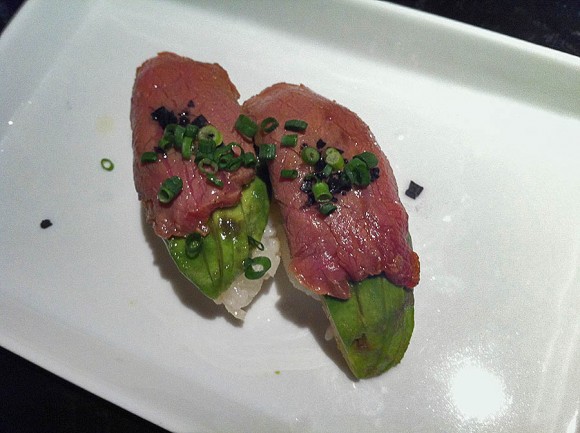I walked the second leg of my Yamanote Line circle trek today. Just because the route from Sugamo back to Gotanda was a little shorter (about 18 km), Tokyo decided to throw some pouring rain down on me during the last leg from Shibuya onwards. I was wondering how it would be to walk London’s circle line (27 km) or Berlin’s Ringbahn (38 km) in comparison.
Here in Tokyo, It felt completely safe to walk everywhere, from dark back alleys to busy station surroundings. It’s exciting to hear and see how each station has a slightly different feel to it, yet shares many of the same characteristics. Rush hour pedestrian traffic at the main crossroads gives way to complete solitude a few hundred meters down the road. Trendy upmarket areas near Harajuku versus makeshift homes for the homeless near Ueno; bright and neon-lit Shibuya and Shinjuku vs. the quiet small-town feel near Tabata.

Picking up the trek at Sugamo Continue reading →
 Sakuradai Village, photo by Manuel Oka
Sakuradai Village, photo by Manuel Oka







